Does Stretching Actually Benefit Us? The idea that we should stretch our muscles before…
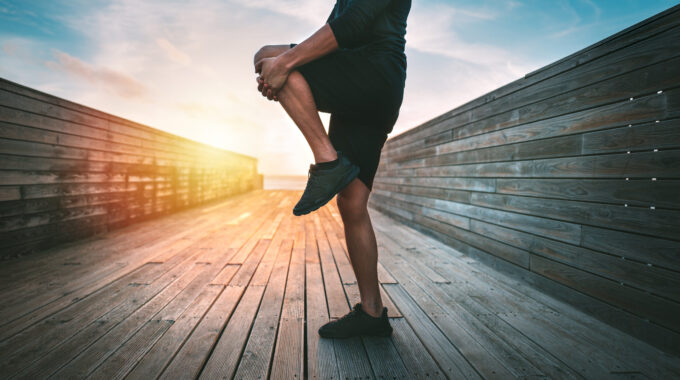
Most Common Running Injuries
Most Common Running Injuries
Regular running can lead to the development of some common running injuries. These injuries can be both acute and chronic, making running uncomfortable and sometimes unbearable. It is important to have any injuries assessed by a professional as soon as possible. Thankfully, at Reform Physio, there are many treatment options that can benefit you.
Here are some of the more common Running Injuries:
1) Achilles Tendinopathy
The Achilles connects your calf to your heel bone and is responsible for transferring force from calf and foot to enable you to propel yourself forwards. The Achilles is fantastic at storing and releasing energy and explains why Kangaroos can leap 30 metres at a time with very little effort. Things start to go wrong when we overload our Achilles. If it can’t cope with the strain it becomes weak and vulnerable and leads to small tears in the tendon. Thankfully the condition responds very well to treatment, including Sports Therapy, Physiotherapy, graded exercise exposure and insoles. At Reform we also offer Shockwave for those more stubborn tendons.
2) Plantarfasciitis
This is one of the most common foot problems we see at Reform. The plantarfascia is a thick, taught band of connective tissue which connects the back of the foot to the front. It is an essential structure and without it we couldn’t walk, run, jump etc. Without the plantarfascia our feet would be floppy and we wouldn’t be able to transfer any force from our muscles to the ground or absorb forces from the ground upwards.
The Plantarfascia can become overloaded and tight, causing pain under the foot into the heel and sometimes pain into the arch of the foot. It is most often felt as pain in the morning when putting your foot on the ground.
Thankfully Plantarfasciitis can be successfully treated with Physiotherapy, Sports Therapy, Sports massage and with correction of your foot mechanics with insoles.
Gait analysis is often used in the treatment of plantarfasciitis as it highlights any mechanical issues you might have that are contributing to your symptoms. There is also good research for the use of shockwave in the treatment of this condition even when causing chronic pain.
3) Tibialis Posterior Tendinopathy/PTTD
This nuisance of a muscle can cause pain behind your inner ankle bone and if severely damaged or ruptured can give you feet as flat as ping pong bats. The function of tibialis posterior is to support the arch, helping to provide you with a rigid foot when pushing. When this doesn’t work it can severely affect the way you move and give you pain. We are pleased to say that Physiotherapy, Sports Therapy and exercise can be extremely beneficial in the treatment of this condition.
there are things you can do to help!
- foam rollering your calf – this can help to reduce tension in the foot and ankle and allow more normal foot movement when you walk and run– foam rollers come in many different shapes and sizes but we find smooth rollers to be the easiest to tolerate (and therefore easiest to keep using!). www.physique.co.uk
4) Runners Knee/Anterior Knee Pain/Patellofemoral dysfunction
Lets just call it runners knee! Runners knee is a condition that affects the knee cap where it articulates with the base of your thigh bone. It causes pain behind the knee cap and will affect the way you run. Another term for runners knee is Cinema Goers Knee due to it often being painful when sitting with knees bent for long periods. It is also sore descending stairs or with running (obviously 😊).
There are many reasons we get Runner’s knee (other than just running too much!) and here are just a few:
- Large hip to foot angle (otherwise known as Q angle). Sorry Ladies this is more common for you due to pelvic physiology.
- Inappropriate loading – too much too soon (as with any injury to be honest)—start slow and build up!
- Tension- calf, quads and hamstrings (basically lower limb)
- Weakness- GLUTEALS (I should have put this as no1 as its hugely common and key in conditions like Runner knee)
- Poor foot mechanics.
Like with PTTD, rollering can make a big difference to pain associated with runners knee. Check out our blog on how and when to roller
The main way of improving symptoms and speed up recovery is to manage the load, i.e. how much you stress the knee. Try and keep below 2-3/10 on a pain scale when exercising and gradually progress your training. You may need to back off to a much lower level if symptoms necessitate it. Couch to 5Km is often a nice way of doing this until you have started to recover. NHS COUCH TO 5KM
Can we help? Yes- we have a very good success rate for the treatment of Runner’s knee. Sports Therapy, Physiotherapy, Sports Massage and exercise can greatly help your symptoms. Insoles are infrequently prescribed for this condition unless it is an obvious foot pathology or if other treatments aren’t successful (which is very rare).
SUMMARY!
Running injuries are common unfortunately, most often because of factors such as inappropriate training load, poor footwear, lack of strength and conditioning, abnormal foot and lower limb mechanics etc. For more advice and pointers or to book an appointment click one of the links below



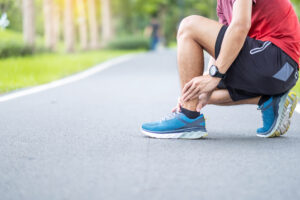

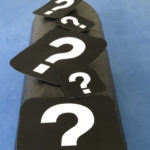

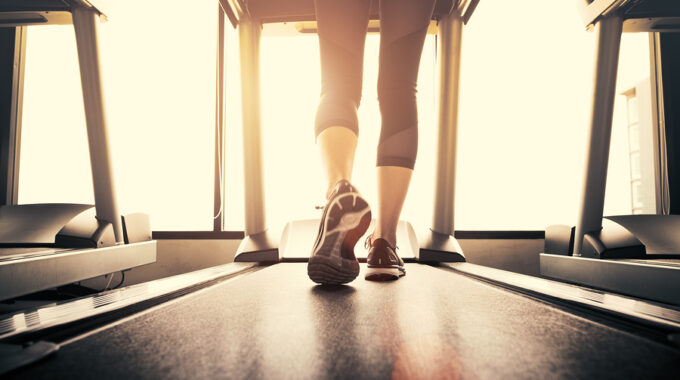
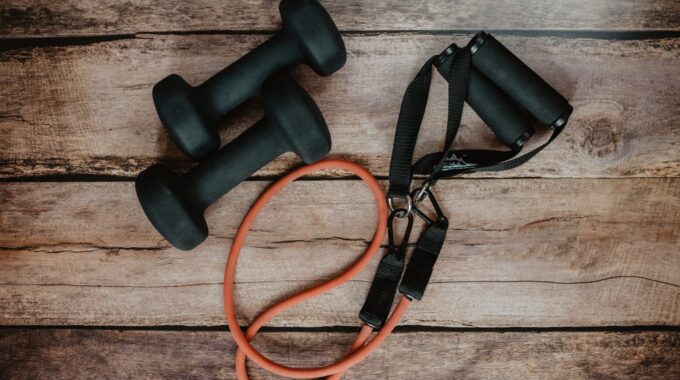
This Post Has 0 Comments